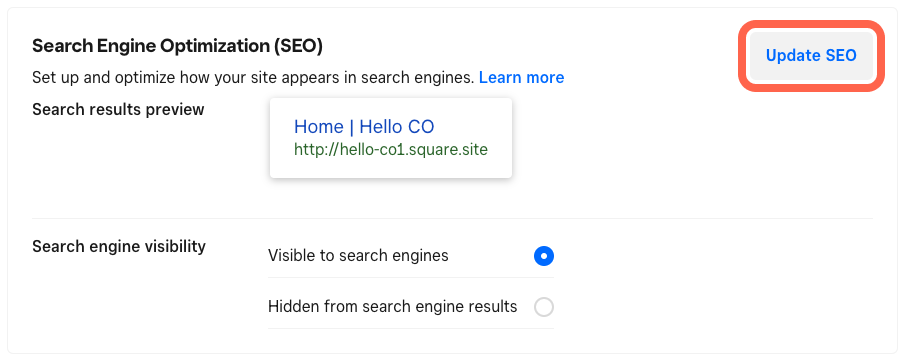Comprehensive Overview to What Is Ruled Out a Default Medium in Google Analytics
Comprehensive Overview to What Is Ruled Out a Default Medium in Google Analytics
Blog Article
Assuming Outside the Box: Leveraging Unique Tools to Maximize Google Analytics Efficiency
In the realm of electronic advertising, the pursuit for improved Google Analytics performance has become a calculated crucial for companies looking for to fine-tune their online existence. By exploring unique mediums as opportunities of data collection, a new world of possibilities emerges.
One-of-a-kind Data Sources

Social media platforms supply important data on user demographics, rate of interests, and engagement metrics, enabling companies to evaluate the effectiveness of their social media campaigns and optimize material for far better performance. By leveraging these distinct data resources, organizations can refine their strategies, enhance targeting initiatives, and boost general Google Analytics efficiency.
Social Media Site Insights

In addition, social media analytics tools allow companies to track crucial efficiency indications, monitor campaign effectiveness, and gauge the impact of their on the internet activities. Comprehending the demographics of fans, identifying popular content themes, and examining involvement degrees can assist businesses tailor their advertising strategies for much better results.
Offline Advertising Assimilation
Integrating offline advertising methods with electronic analytics can enhance overall campaign performance and provide a much more thorough understanding of customer behavior. what is not considered a default medium in google analytics. By connecting the gap in between online and offline initiatives, businesses can track the influence of traditional marketing networks such as print ads, television commercials, direct-mail advertising, and events on their on-line visibility

Moreover, carrying out telephone call tracking systems for offline advertising tasks makes it possible for companies to capture important information on customer questions generated through published promotions or products (what is not considered a default medium in google analytics). By evaluating telephone call data together with on the internet metrics in Google Analytics, businesses can obtain deeper understandings into the consumer journey and enhance advertising methods for enhanced performance throughout all channels
IoT and Wearable Technology
Using IoT and wearable innovation in digital analytics can transform data collection and customer understandings for businesses looking for a much deeper understanding of user behavior patterns. Wearable innovation, such as smartwatches or physical fitness trackers, can supply understandings into customer activities, wellness metrics, and even area data.
Gamification Approaches
The implementation of gamification techniques in digital analytics presents an ingenious method to boosting user engagement and driving workable understandings for services. By including game-like components such as points, badges, leaderboards, and rewards right into the analytics interface, firms can motivate individuals to engage extra frequently and meaningfully with the data.
Gamification motivates customers to check out different attributes of the analytics system, revealing valuable insights that could have otherwise gone undetected. With interactive obstacles and progression tracking, users are incentivized to dig much deeper into the data, bring about enhanced time invested on the system and a higher possibility of uncovering over at this website key patterns or patterns.
Furthermore, gamification can foster a sense of competition amongst individuals, spurring them to make every effort for greater performance and involvement levels. This affordable spirit can drive raised user adoption rates and a much more comprehensive application of the analytics devices offered. Eventually, by leveraging gamification techniques in electronic analytics, organizations can produce a more interesting and efficient atmosphere for individuals, resulting in even more enlightened decision-making and boosted total efficiency.
Verdict
In verdict, leveraging unique tools such as special information sources, social media insights, offline marketing integration, IoT and wearable technology, and gamification approaches can maximize Google Analytics performance. By assuming outside the box page and exploring these alternative sources of information, organizations can obtain beneficial understandings and boost their total advertising methods. It is vital for firms to continuously explore new ways to collect data and analyze it in order to stay in advance in the ever-evolving digital landscape.
By including information from sources such look at here now as customer relationship administration (CRM) systems, social media platforms, and email advertising projects, businesses can get an extra comprehensive understanding of their audience habits and interaction patterns. Social media platforms provide useful data on customer demographics, rate of interests, and involvement metrics, allowing companies to evaluate the efficiency of their social media projects and maximize content for far better efficiency. By leveraging these distinct information sources, companies can fine-tune their methods, improve targeting efforts, and enhance overall Google Analytics efficiency.
Checking out social media insights can supply services with important information on user demographics, rate of interests, and engagement metrics, allowing for informed decision-making and critical optimization of marketing efforts. By thinking outside the box and discovering these alternate sources of data, services can gain useful understandings and boost their overall advertising and marketing approaches.
Report this page